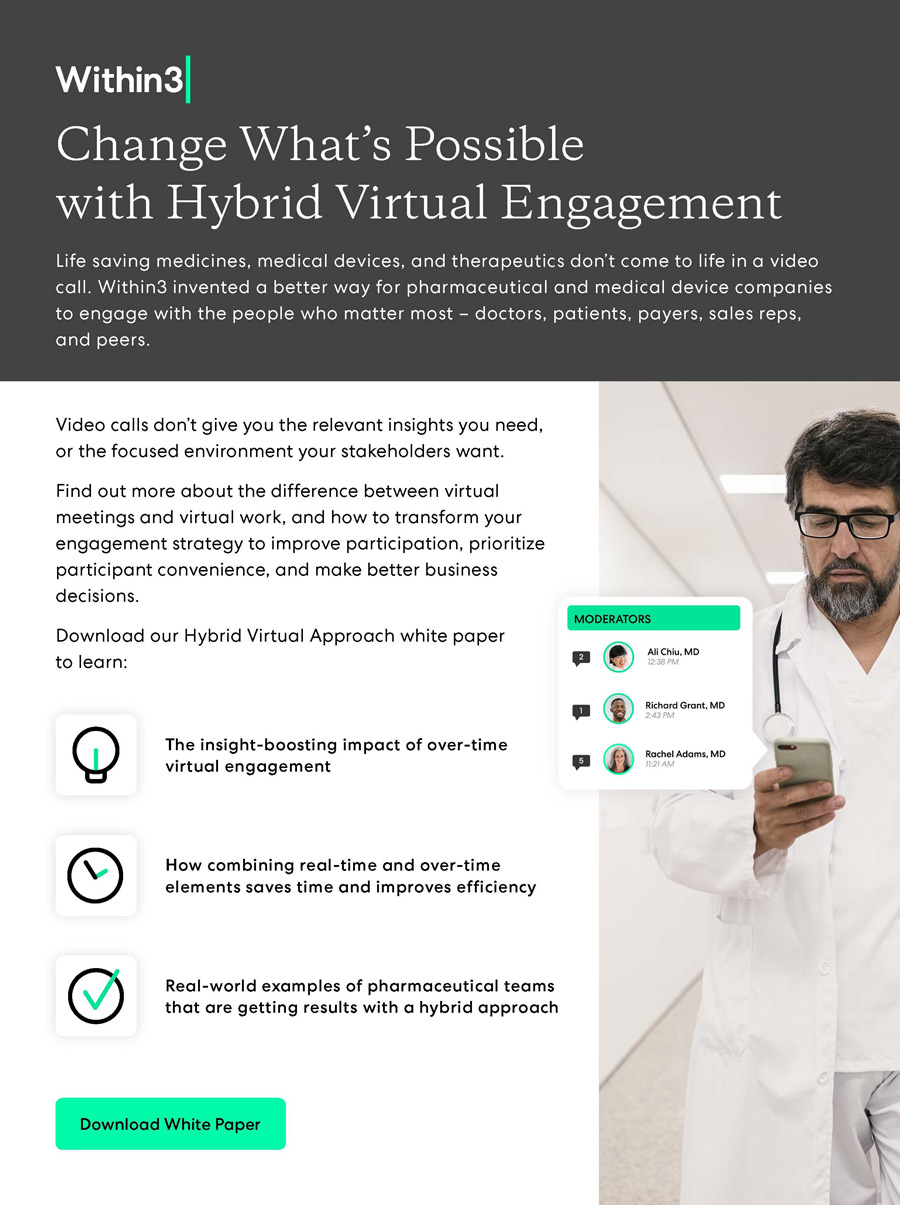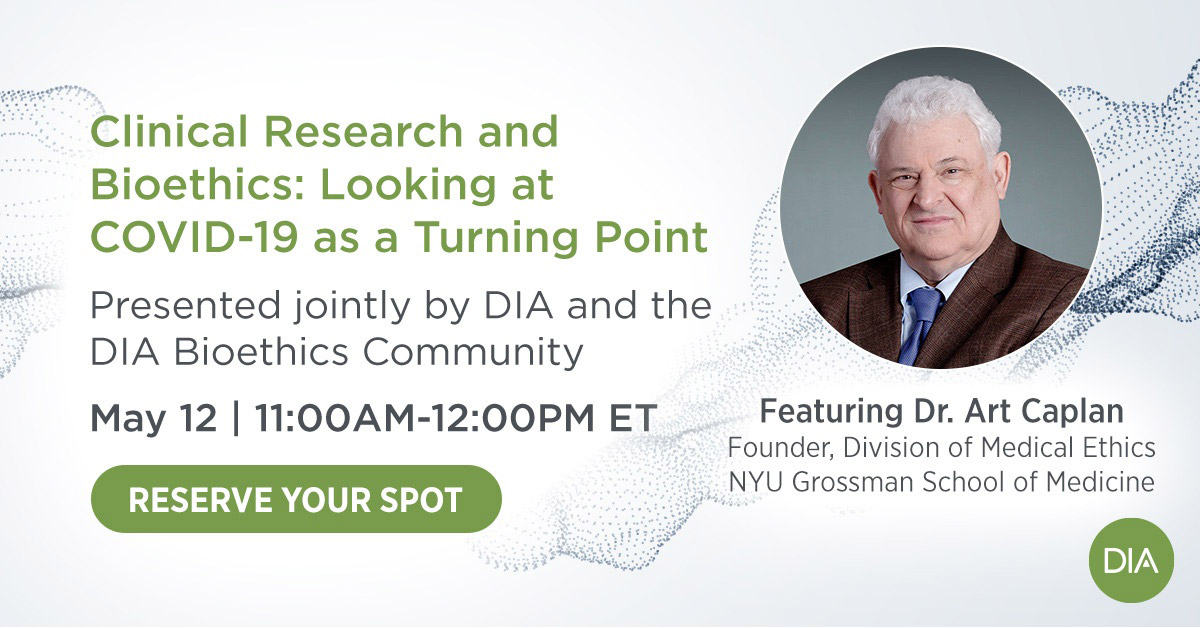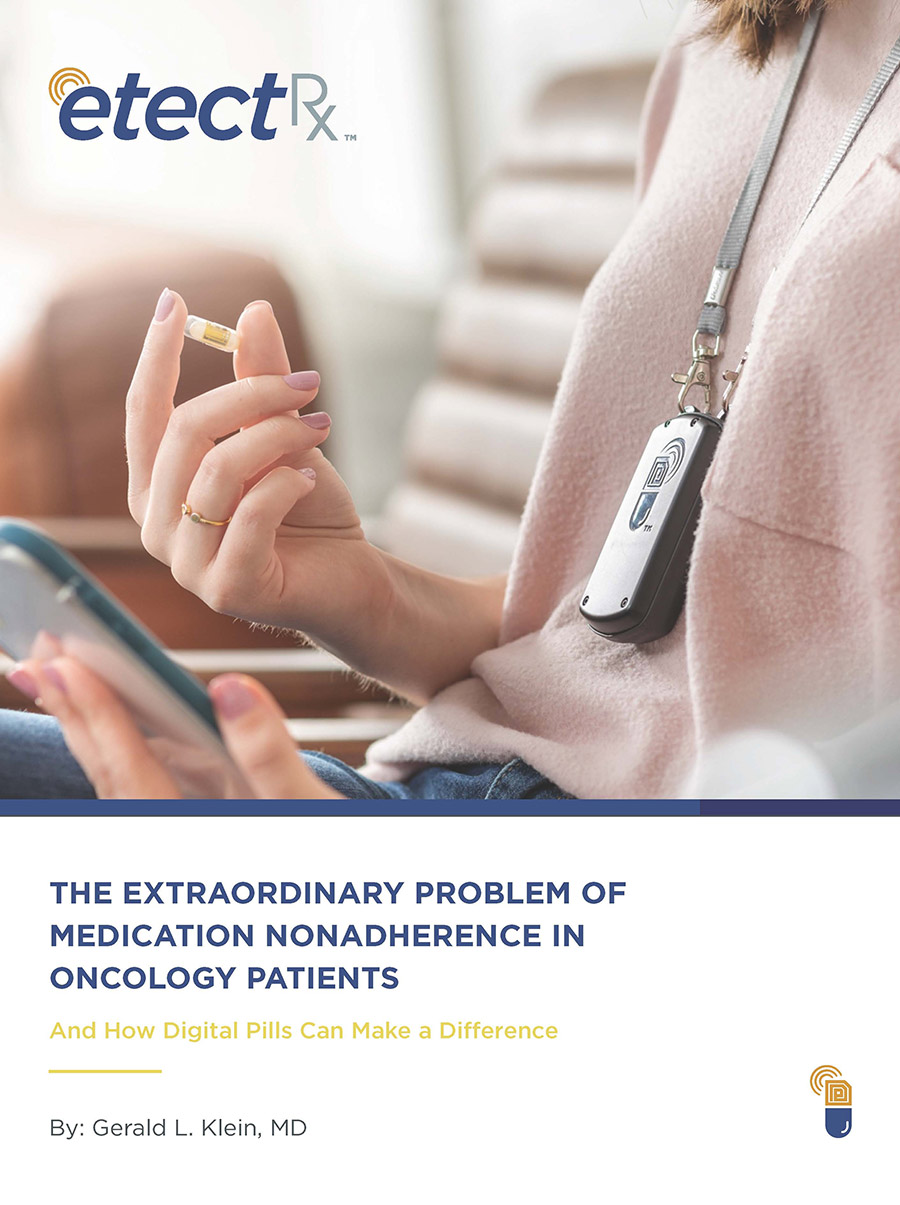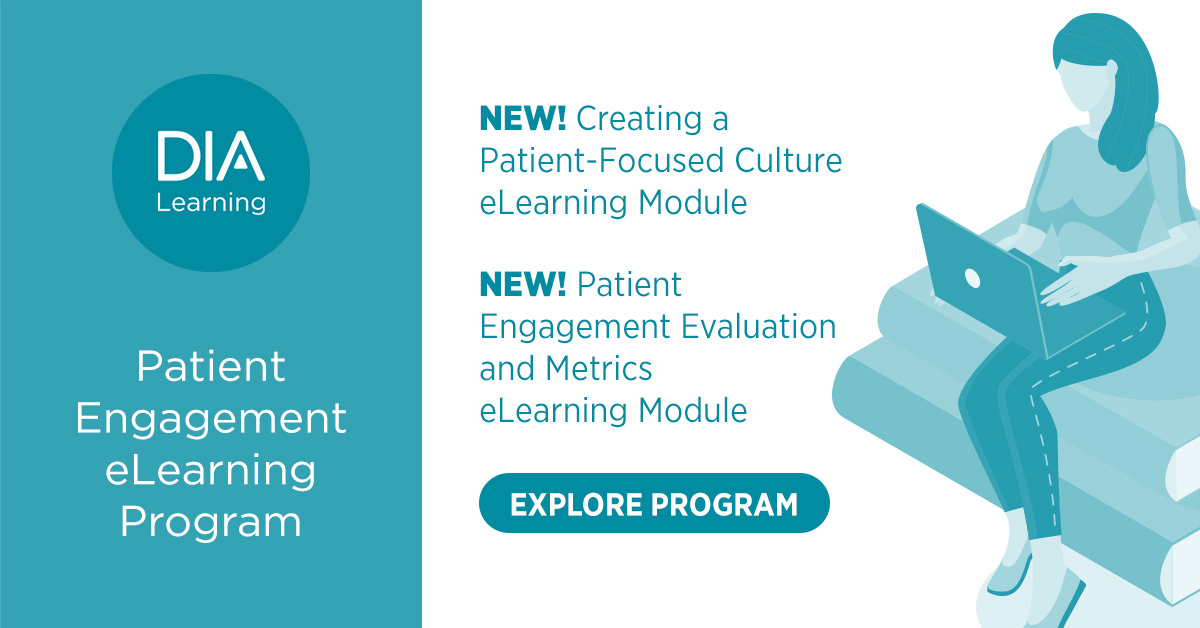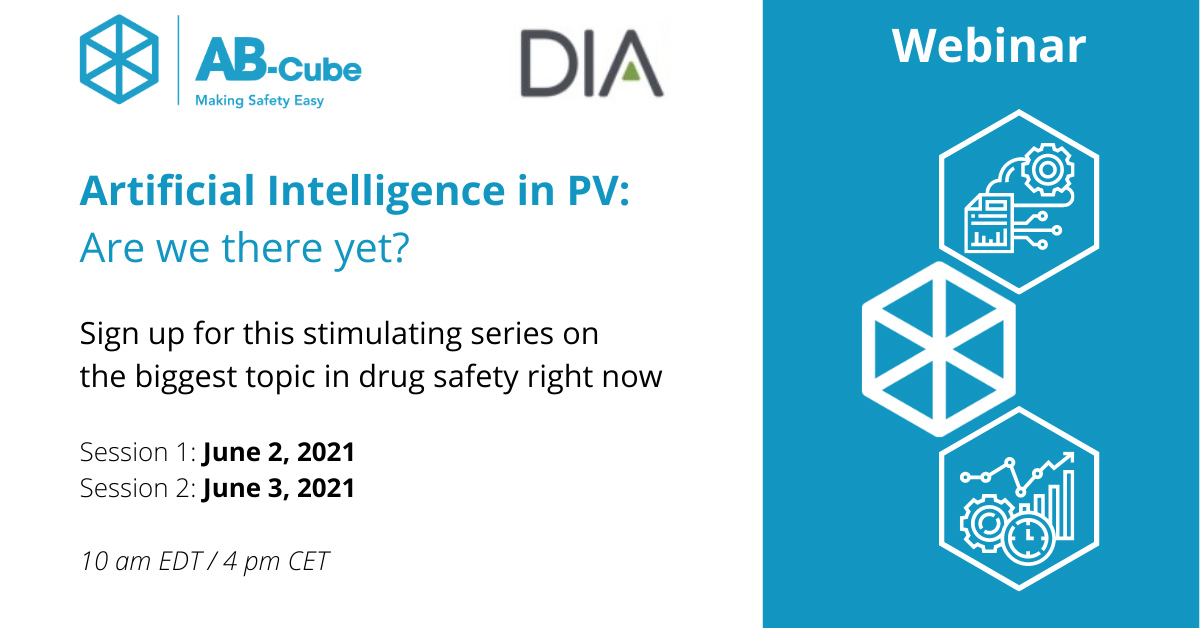Table of Contents
WE ARE DIA
EXECUTIVE LEADERSHIP
Subscribe
Love Global Forum‘s new online format? Subscribe today and never miss an issue.
Editorial Board
Content stream editors
Gary Kelloff US National Institutes of Health
David Parkinson ESSA Pharma, Inc.
regulatory science
Isaac Rodriguez-Chavez PRA Health Sciences
Patient engagement
Trishna Bharadia Patient Advocate and Media Contributor
Mary Stober Murray National Minority Quality Forum
VALUE AND ACCESS
Monika Schneider Shionogi
Editorial Staff
Sandra Blumenrath, Managing Editor, Scientific Publications DIA Scientific Communications
Chris M. Slawecki, Senior Digital Copyeditor DIA Scientific Communications
Regional Editors
David Mukanga Bill and Melinda Gates Foundation
ASEAN
Jin Shun Sandoz
AUSTRALIA/NEW ZEALAND
Richard Day University of New South Wales, Medicine, St. Vincent’s Hospital
CANADA
Judith Glennie JL Glennie Consulting, Inc.
CHINA
Ling Su Shenyang Pharmaceutical University, Lilly Asia Ventures
Europe
Thomas Kühler Sanofi R&D
INDIA
J. Vijay Venkatraman Oviya MedSafe
JAPAN
Ozawa Goshi Real World Data Co. Ltd.
LATIN AMERICA
Cammilla Gomes Roche
USA
Ebony Dashiell-Aje BioMarin
Young Professionals Editors
Saloni Patel Acorda Therapeutics
DIA Membership
Bringing together stakeholders for the betterment of global health care.
![]() Podcasts
Podcasts
“We’ve always gotten our inspiration and our motivation and our energy from working together, whether it’s with our own team on projects or with subject matter experts and key opinion leaders in our stakeholder community. So that reuniting of the community is really central in our minds right now,” explains DIA Global Chief Executive Barbara Lopez Kunz. “One of the things that you’re going to hear at the Global Annual Meeting coming up in June is this whole topic of misinformation. We’ve had this topic of anti-vaccine commentary in public spaces in our minds, and many of the people around the world in the regulatory community have asked me and our team to help address this. You’re going to hear us talking about how we combat misinformation so that people actually understand what’s going on in health and how they can protect themselves.”
Asia-Pacific Self-Medication Industry
he ongoing COVID-19 pandemic has restricted the opportunities of formal medical intervention for patients in general. Hospitals and clinics are explicitly or implicitly requesting patients seeking only elective treatment to postpone their visits, on account of staff and resource exhaustion as well as fear of their inadvertently transmitting the deadly virus to the vulnerable. Many patients are already reluctant to see a doctor, unless they have a serious condition, for fear of contracting the disease in waiting rooms.
At a more macroscopic level, the pandemic has damaged almost every nation’s economy, seemingly leading to an inevitable decrease in the resources that can be allocated to medical care, especially after emergency countermeasures including the free inoculation against the disease. The situation magnifies the importance of self-care. But there are considerable differences in the drugs that can be used for self-treatment across countries or regions, reflecting each country’s or region’s unique risk/benefit judgment. The “new normal” demands, however, re-adjustment of the balance.
The Triple Win of Centralized Statistical Monitoring
entralized statistical monitoring (CSM) can identify data quality issues at least three times faster than traditional approaches, saving sponsors hundreds of thousands of dollars and providing robust, credible results.
White Paper
White Paper
Download the white paper to learn more about:
- The trend towards asynchronous (over-time) virtual engagement
- The benefits of a hybrid virtual platform to improve communications and efficiency
- How various pharma functions are improving operations with a hybrid virtual approach
Three Steps to More Connected, Efficient Clinical Research
he life sciences industry is accelerating modernization efforts to reduce COVID-19 disruptions, keep existing trials on track, and start new studies faster. Yet, there is still more work to be done to improve information sharing and collaboration across studies. In fact, sponsors and CROs report a need for better information exchange in trials to reduce manual processes (75%) and improve visibility and oversight (58%).
Here are three steps to run more connected and efficient studies.
@EricMTowler
here is well-founded skepticism surrounding the value of Project and Portfolio Management (PPM). Organizations often become enamored with the HOW, the tools and techniques of PPM, for their own sake rather than as a viable solution to a stated problem. Organizational goals would be better served, and PPM would be more valued, if organizations internalized their own vision (the WHY), defined their mission (the WHAT), and only then worried about the individual tools to design the strategy and execute the plan (the HOW). Indeed, this is the right order in which to discuss PPM.
recent seminal study in the New England Journal of Medicine reported improvement in mortality from non-small cell lung cancer (NSCLC), the leading cancer killer of men and women in the United States.
These advances have been attributed, in no small part, to the more rapid and efficient development of targeted therapeutics and the willingness of medical oncologists to adopt evolving practice paradigms. Less evidently, several convergent developments in the broader community – such as the more widespread availability of broad-based “regulatory caliber” genomic profiling, more nimble and efficient clinical trial design, and a changed regulatory paradigm focused on speeding the subset of clearly active and safe drugs to patients – have contributed to this improvement in mortality from NSCLC.
To understand the impact of these advances for NSCLC and then to extrapolate to other advanced solid tumors, we briefly review the progress in advanced/metastatic ALK-altered NSCLC, a biomarker-defined subset of the NSCLC patient population, which typically is of adenocarcinoma histologic subtype.
Center for Pediatric Clinical Development
PRA Health Sciences
hen on 11 March 2020 the World Health Organization declared the Coronavirus Disease 2019 (COVID-19) a pandemic, regulatory authorities swiftly initiated close cooperation with industry to develop medicines for this virus. A month later, a collaboration through the International Coalition of Medicines Regulatory Authorities (ICMRA) was to expedite and streamline the development, authorization, and availability of COVID-19 medicines. As a result, within only a year of the start of the pandemic, new vaccines were available for adults and adolescents aged 16 and older, and vaccines for younger children will be available imminently. Will our experience gained with speeding up the development of vaccines against the coronavirus accelerate drug development overall?
White Paper
White Paper
![]() Podcasts
Podcasts
Around the Globe
Voices from the Latin America Regulatory Conference
urrent global regulatory trends and challenges, how they fit into the regulatory environment of Latin America and the Caribbean, and opportunities for action in the region remain “hot topics” in support of improved regulatory efficiencies in this region. Alongside adoption of reliance approaches, proper product lifecycle management, and identification of regulatory requirements that are convergent with international guidelines and standards, there is an ongoing focus on the key role electronic labelling (eLabeling) plays for improved patient safety in the region, as well as on innovative ways for industry and regulators to respond to new demands and new technologies in the areas of manufacturing and clinical trials.
Around the Globe
t the rate telehealth is growing, it’s not surprising that medical and business professionals forecast it to become a standard service across all care settings. VirtualMed Staff President Jack Williams has predicted that this growth will be sustained for years to come, and telehealth will become easier to access for more people, generating confidence in the approach.
Telehealth’s accessibility is rapidly increasing, and patients are getting more and more comfortable with it. Doctors predict that when the pandemic ebbs away, healthcare will not go back to the traditional approach, which largely involved in-person care sessions. But as the community at large and medical institutions grow more accustomed to telehealth, what will it look like after the pandemic?
Around the Globe
US Food and Drug Administration
ssessment of the patient voice has become recognized as a vital component in the evaluation of new candidate therapies. To address this, FDA has partnered with stakeholders on multiple patient-focused drug development (PFDD) initiatives to facilitate incorporation of patient and caregiver input into drug review and evaluation. These include the FDA Patient-Focused Drug Development Guidance Series for Enhancing the Incorporation of the Patient’s Voice in Medical Product Development and Regulatory Decision Making.
Rutgers Postdoctoral Fellow
ow does one find work-life balance, connect with co-workers, and make good judgement calls and decisions when faced with the grueling limitations placed on us by a pandemic?
Driven by the COVID-19 pandemic, there are now more home-based jobs in the world than ever before. And, despite the rollout of vaccinations, many industry professionals feel that a hybrid work model will be the new normal, so we need to continue to learn how to adapt.
I interviewed three co-workers in medical affairs (Chris, Saaj, and Tara) to learn about different skills they utilized to successfully transition into a new role remotely in the pharmaceutical industry.

